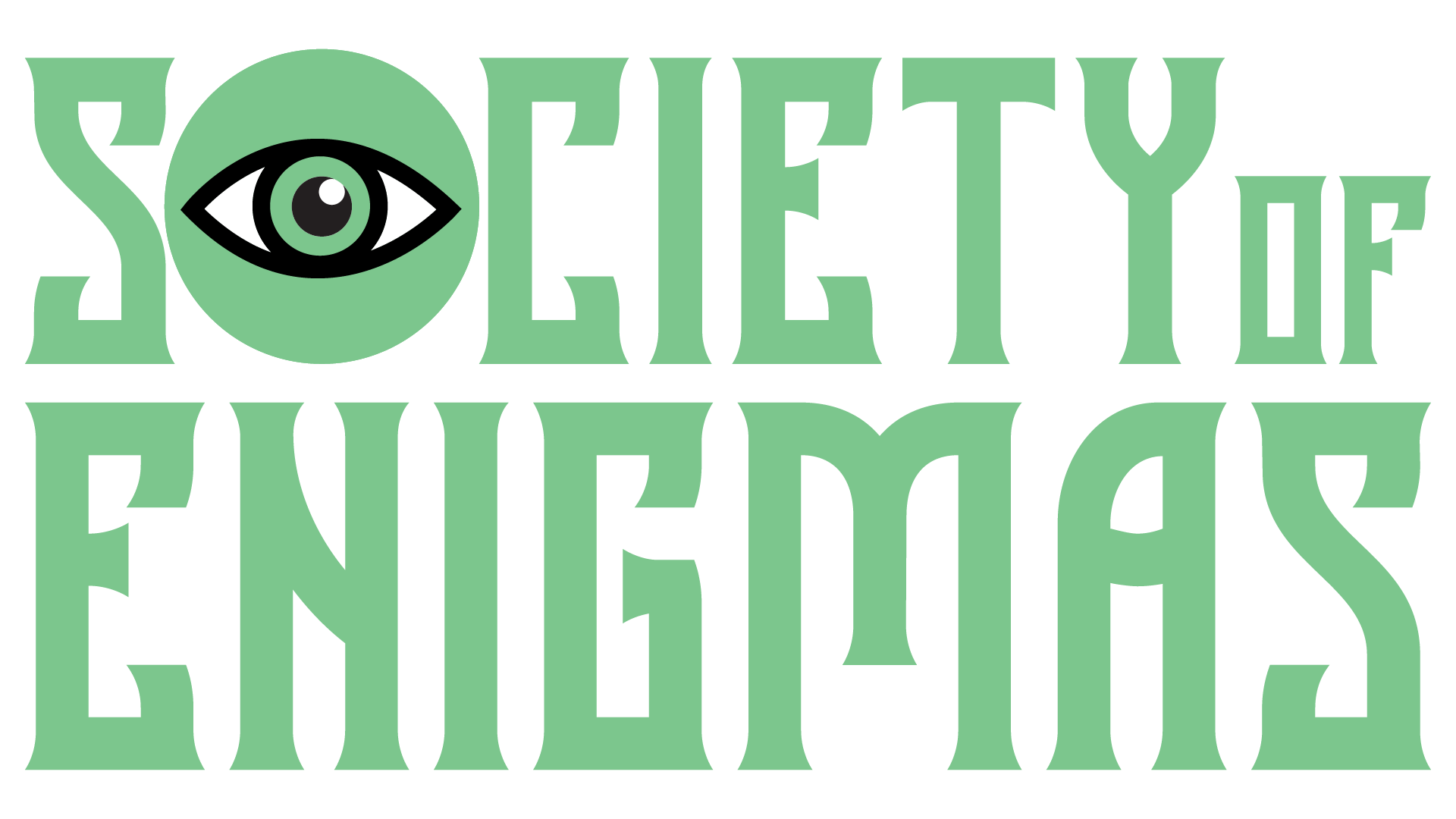SOE Medical Bay Lab Report
Patient: Prometheus
Date: 07 DEC 2023
Subject History: Prometheus was admitted to the medical bay following a suspected bee sting incident. Initial observations upon admission indicated signs of inflammation and unconsciousness.
Symptoms Observed:
-
Localized Inflammation: Upon examination, the site of the suspected bee sting exhibited significant inflammation. The affected area showed redness, swelling, and increased warmth, indicative of a local allergic reaction.
-
Unconsciousness: The patient was found unconscious upon admission to the medical bay. It was noted that consciousness was not regained during initial assessments.
-
Difficulty in Breathing: Subtle signs of respiratory distress were observed, characterized by irregular breathing patterns and shallow respiration.
-
Elevated Heart Rate: Monitoring equipment detected an increased heart rate, suggestive of an elevated physiological response to the allergen.
Preliminary Diagnosis: Based on the observed symptoms, it is highly probable that Prometheus experienced an anaphylactic reaction following a bee sting. The severity of symptoms, including inflammation, unconsciousness, respiratory distress, and elevated heart rate, aligns with a severe allergic response to the bee venom.
Immediate Medical Intervention:
- Epinephrine Administration: An immediate injection of epinephrine was administered to counteract the systemic allergic reaction and mitigate the symptoms.
- Oxygen Support: The patient was placed on supplemental oxygen to address any potential respiratory complications and ensure adequate oxygenation.
- Continuous Monitoring: Vital signs, including heart rate, blood pressure, and oxygen saturation, are being closely monitored to assess the patient’s response to treatment.
Plan for Further Assessment and Treatment:
- Continuous Observation: Prometheus will be kept under close observation in the medical bay to monitor the response to initial intervention and ensure stabilization.
- Allergen Identification: Further investigation will be conducted to confirm the allergen responsible for the reaction and prevent future exposure.
- Further Treatment as Necessary: Additional medical interventions, such as antihistamines or corticosteroids, may be considered based on the patient’s response and the progression of symptoms.
Conclusion: Prometheus presented with acute symptoms consistent with a severe allergic reaction following a suspected bee sting. Immediate medical intervention was initiated to address the anaphylactic response. Continuous monitoring and further assessment will guide ongoing treatment to ensure the patient’s recovery.
Dr. Walter Lieberman, SOE
